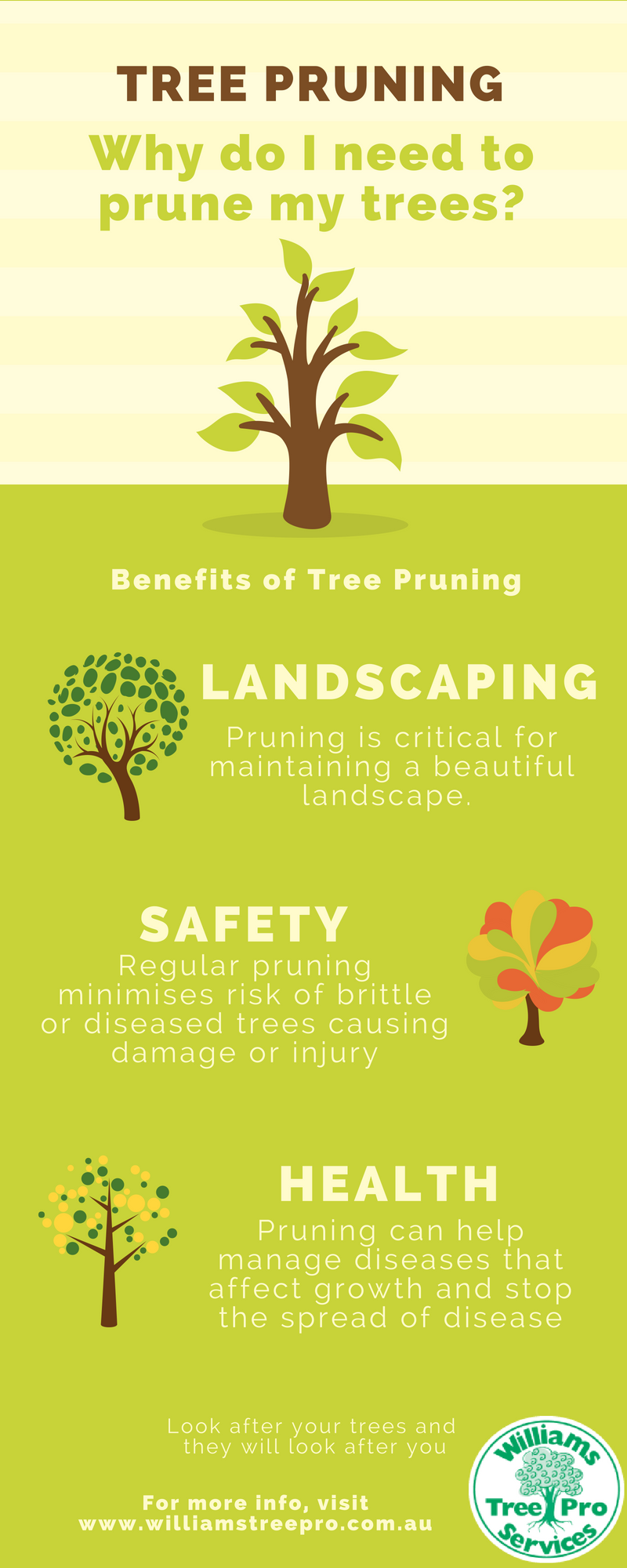Protecting Your Landscape: Replanting After Tree Removal
Protecting Your Landscape: Replanting After Tree Removal
Blog Article
Web Content Written By-Lindsay Hudson
Tree removal can leave a void in your landscape that requires dental filling. You can grow something brand-new because space, yet it takes additional treatment and attention at the starting to help it thrive.
The dirt in that location will certainly keep altering over time as microorganisms break down the old origins. hedge works can affect the vitamins and mineral equilibrium and physical area for new growth.
Soil
The dirt in a plot where a tree has been removed is most likely to be really different from the remainder of your yard or yard. The origins of the old tree and the stump will certainly have transformed the dirt, getting rid of some nutrients and possibly crowding out various other plants. On top of that, if the previous tree was infected, the contagious representative may still remain in the ground.
The visibility of roots fosters a rich and varied area of dirt microbes that improves crucial procedures like nutrition biking and organic matter decay. Without these microorganisms, the displaced dirt can become much less productive and nutrient-depleted, with an adverse impact on plant growth.
Prior to replanting, the soil needs to be removed of debris and organic product (such as timber chips from stump grinding). You might want to mix in potting dirt or native dirt with this compost to provide your new planting with an environment that is well balanced and loaded with nutrients.
Water
Tree roots take in big amounts of water from the dirt. This process additionally includes nutrients back to the soil, especially nitrogen, which is important for new trees and plants. Sadly, old dirt can be diminished of these important minerals as a result of the rotting origins and stump from a gotten rid of tree.
This is why it's important to have a plan for the future of your landscape. Preferably, the most effective time to plant is when you have a clean slate.
Whether you're planting grass or blossoms, see to it to make use of a soaker pipe to stay clear of overwatering your brand-new landscaping. If the location was a yard, see to it to cover the soil with organic mulch to assist keep dampness in the dirt, manage dirt temperatures and suppress weeds. This likewise offers a layer of security for young plants and advertises worm task. Then, routinely renew the mulch to proceed boosting the soil nutrient density and microbial life. This is known as soil reconstruction.
Light
Trees are a fantastic enhancement to any landscape, providing color, aesthetic pulchritude, and lots of various other benefits. However, occasionally trees end up being undesirable because of a variety of reasons, consisting of illness, parasite problems and all-natural aging.
In such instances, it might be required to get rid of a tree. It is essential to consider the value of a particular tree in your landscaping and take the proper actions to guarantee that the elimination is done securely and successfully.
During the late summer, it's an optimal time to execute maintenance and assessments on existing trees. a knockout post for indicators of illness, insect infestations, or architectural damages, as well as any prospective threats such as weakened or leaning trees.
Before starting any kind of construction tasks, make certain to protect the root areas of existing trees by staying clear of soil compaction and grading around them. Organic matter, as it breaks down, can produce poisonous gases that are detrimental to the origins of a tree. It's additionally an excellent idea to mulch the location around a tree after building has actually completed to preserve wetness and suppress weed growth.
Temperature
Trees are essential to a landscape for their aesthetic allure, however they additionally play an important duty in the regional ecological community by offering color and windbreaks. They support wild animals habitats and lower the quantity of carbon dioxide airborne, which can contribute to international warming. This is why it is recommended to replant trees after getting rid of one from the residential property.
When replanting a new tree in the area of a previous stump, the dirt may not have enough nutrients to support it. It is best to wait on a year before planting to guarantee that the dirt will be abundant in nutrients.
To ensure that replanted trees prosper, it is essential to offer them with proper treatment. A layer of compost will maintain dirt wetness from vaporizing, regulate soil temperature, and aid subdue weeds. Organic mulch is the recommended option because it enhances dirt fertility. Recurring tree count and insect control are additionally necessary for replanted trees.